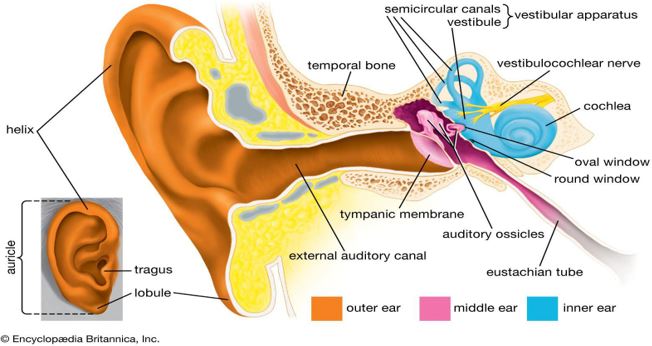An Anatomical and Clinical Perspective on Avedhya Siras with particular relation to Vidhur Marma
DOI:
https://doi.org/10.21760/jaims.10.9.10Keywords:
Avedhya Sira, Vidhur Sira, Marmashrit Sira, Vidhur MarmaAbstract
Ayurveda is an ancient science of life. The concept of Avedhya Siras (non-puncturable veins) holds significant importance in Ayurveda, particularly in the context of surgical and therapeutic interventions like Siravyadha (venesection). The Vidhur Sira is one of them. These vital structures are to be preserved due to their association with major Marmas - vital points in the body. Among these, Vidhura Marma, located near the ear, is classified as a Sira Marma, and Vidhur Sira can be called as Marma Shrit Sira, where injury may lead to complications such as hearing loss or neurological dysfunction. This paper explores the anatomical localization, structural correlations, and clinical significance of Avedhya Siras in the vicinity of Vidhura Marma. Correlation with modern anatomical landmarks, such as the retroauricular region and associated vascular-neural structures like the posterior auricular vein, facial nerve, and external auditory canal, offers a better understanding of the potential consequences of inadvertent injury. Clinically, safeguarding these regions becomes crucial in ENT procedures, minor surgical interventions, and even during massage or Marma Chikitsa. A comprehensive anatomical and clinical perspective not only enhances the relevance of classical Ayurvedic descriptions but also aids in bridging traditional knowledge with modern medical practice for safer and more effective therapeutic outcomes.
Downloads
References
Shastri AD. Sushrut Samhita of Sushruta. Sharir Sthana, Sira Varna Vibhakti, Chapter 7, verse 3. 13th ed. Varanasi: Choukhamba Sanskrit Sansthan; 2004. p. 3356.
Murthy KRS. Sushruta Samhita: Text with English Translation. 3rd ed. Varanasi: Chaukhambha Orientalia; 2007. Vol. 1. p. 122.
Sharma PV. Sushrut Samhita: Text with English Translation and Dalhan’s Commentary. Reprint ed. Varanasi: Chaukhambha Visvabharati; 2005. Vol. 11. p. 217.
Acharya YT, Acharya NR, editors. Nibandha Sangraha commentary of Sri Dalhanacharya and Nyaya Chandrika Panjika commentary of Sri Gayadasacharya on Sushruta Samhita of Sushruta. Varanasi: Chaukhambha Sanskrit Sansthan; Year not stated.
Gray H. Gray’s Anatomy. 38th ed. Williams PL, Warwick R, editors. New York: Churchill Livingstone; 1995. Section 10 – Cardiovascular system.
Wikipedia contributors. Posterior auricular vessels [Internet]. Wikipedia, The Free Encyclopedia; [cited 2025 Sep 3]. Available from: https://en.wikipedia.org/wiki/Posterior_auricular_vessels
Tripathi B. Astang Hridayam. Sharir Sthana 4/30. Delhi: Chaukhambha Sanskrit Pratishthan; 2012.
Agnivesha. Charak Samhita: Ayurveda Dipika Commentary of Chakrapani. Kushavaha HS, translator. 4th ed. Varanasi: Chaukhambha Orientalia; 1994.
Tiwari R, Temhuna S. Anatomical consideration of Vidhur Marma in Ayurveda. World J Pharm Pharm Sci. 2019;8(8):668–79.
Chaurasia BD. Handbook of General Anatomy. 3rd ed. New Delhi: CBS Publishers; 2000.

Published
How to Cite
Issue
Section
License
Copyright (c) 2025 Anjali Kaurav, Vijay Solanki, Rita Marwaha, Pankaj Gupta

This work is licensed under a Creative Commons Attribution 4.0 International License.














